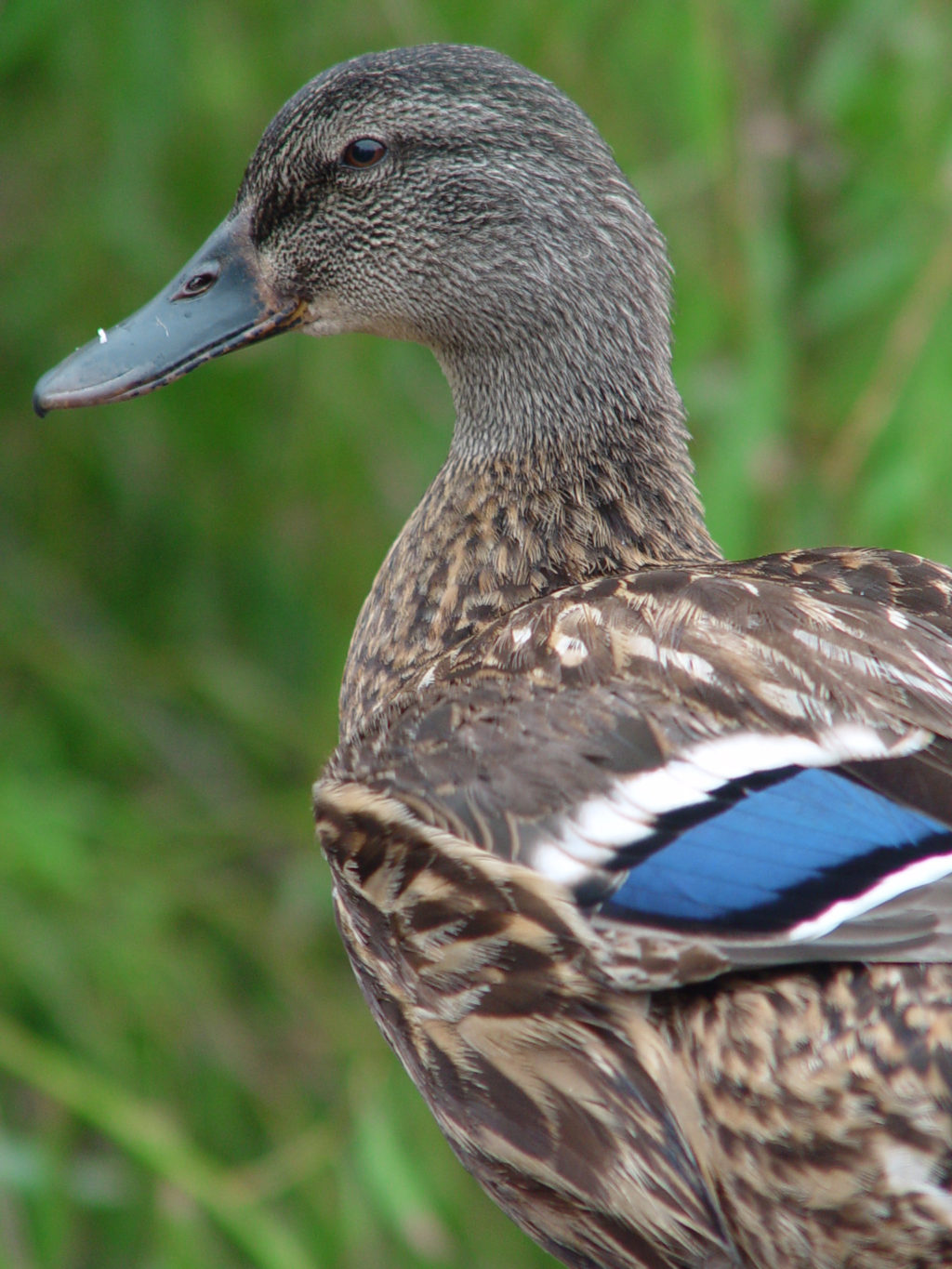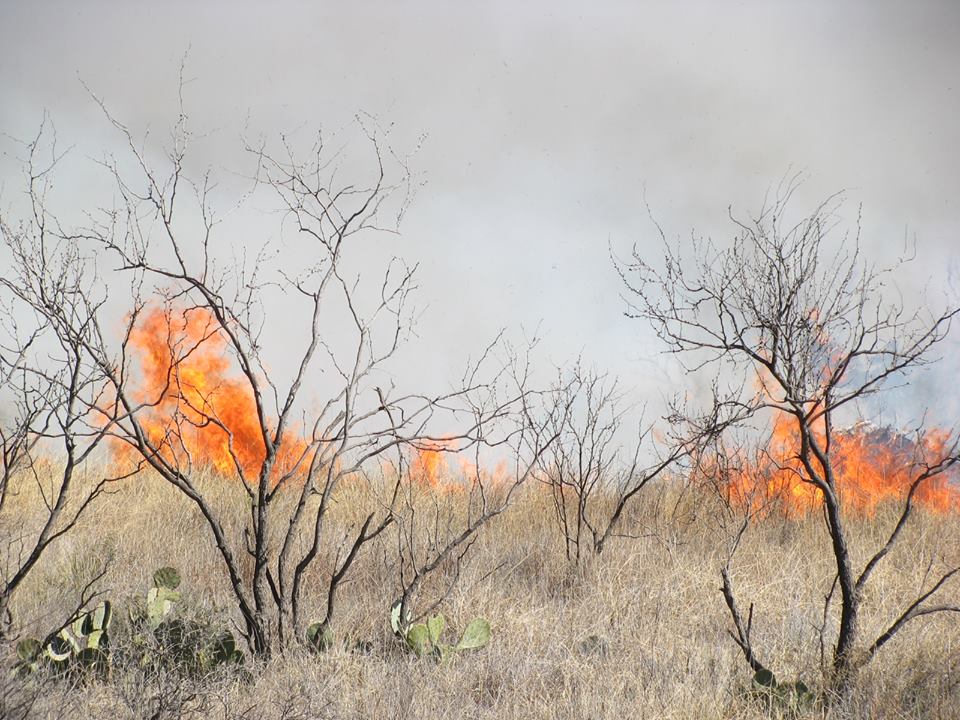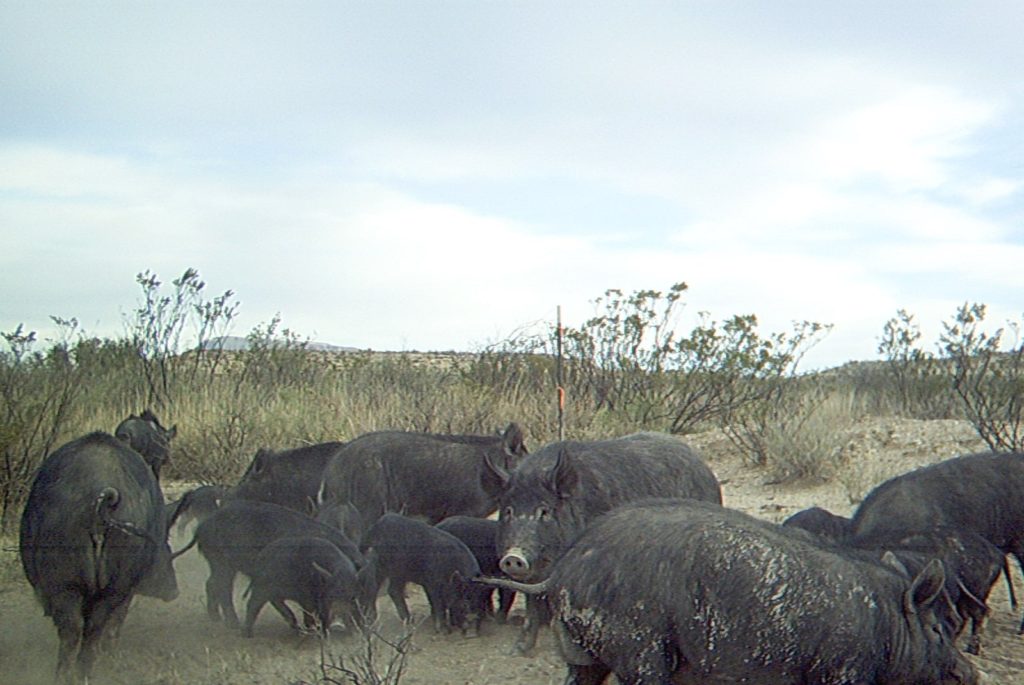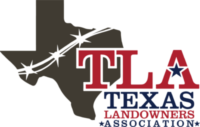
Landowner Cooperatives: Maximize Your Wildlife Management Efforts
By:
Mark Tyson, M.S., Extension Associate, Texas A&M AgriLife Extension Service
and
Tim Siegmund, Regulatory Biologist, Texas Parks and Wildlife Department, College Station-District 5
Landowners face a multitude of challenges as they work to improve the quality of their land for wildlife. Among these are differing management objectives between neighboring properties, problematic exotic or invasive species and land fragmentation. While no single landowner can implement a sufficient number of practices to address these challenges, a collective group of landowners with a unifying objective should experience greater success. Joining together with your neighbors to form a landowner cooperative is a powerful tool that can maximize wildlife management efforts and forge strong relationships that are beneficial to all involved.
Landowner cooperatives can be formed to address both short and long-term management objectives.
Short-term objectives may include habitat improvement projects such as native grass restoration, brush sculpting, shredding, developing prescribed grazing programs, or prescribed burning.

Long-term objectives can include invasive species management, deer herd monitoring and management, or restoring bobwhite quail populations. Regardless of the objective, there is power in numbers when management activities are implemented across multiple properties.
A simple collaboration between a few landowners can be effective in addressing short-term objectives. While this grouping may be informal, it is important to remember that preparation is often more important than operation. Planning is the first and most important step in accomplishing any objective effectively. An in-depth plan will help to overcome any adversities that will be encountered along the way.
In planning, think logistics: acquisition, distribution, maintenance and replacement for both materials and people. Other factors to consider are: goals, objectives and outcomes, budget, timelines, who is responsible for what, and internal communication. Creating an outline is a great way to keep all your “ducks in a row”. This outline should include all essential decisions/activities in a time sequential order from the beginning to the end. Plan to have a plan or plan to miss the mark.
A Success Story for Controlling Feral Hogs
A great example of a short-term collaborative effort among landowners and state and federal agencies is the Statewide Feral Hog Abatement Pilot Project, 2006-2007 as reported in Higginbotham et al. (2008). Wildlife Services technicians provided direct control of feral hogs to 48 cooperators who owned or controlled 230,017 acres in the post oak savanah/pineywoods, blacklands prairie and coastal prairie regions of Texas.

The landowner’s initial damage and expenditure estimates directly attributed to feral hogs was calculated at $2,228,076. Over the course of two years, Wildlife Services personnel removed a total of 3,799 feral hogs using various legal population reduction techniques. These direct control efforts resulted in a $1,480,491 estimated decline in feral hog damage. During the project, feral hog related educational outreach and technical assistance (indirect control) was provided by Texas A&M AgriLife Extension Service.
In total, 5,197 landowners attended 67 educational events or one-on-one contacts. Through these programming efforts, a total of 2,281 landowners voluntarily completed feral hog program surveys. Results from these surveys indicated that programming efforts resulting in knowledge gained was valued at $2,978,821 by landowners, based on a comparison of previous year’s damage estimates ($6,252,044) versus the upcoming year’s damage estimates ($3,273,223). In total, the Feral Hog Abatement Pilot Project saved landowners $4,459,312 in just two years (Higginbotham et al. 2008).
Some long-term objectives require larger areas of land, intense management efforts and longer periods of time to accomplish. These objectives are best accomplished by joining a local Wildlife Management Association (WMA). These WMAs are facilitated through the Texas Parks and Wildlife Department and consist of landowners with properties lying within a specific geographic region.
A Success Story for Managing Bobwhite Quail
A prime example of a WMA with a long-term goal of restoring Northern Bobwhite is the Western Navarro Bobwhite Restoration Initiative (WNBRI) in Navarro County. This group of landowners has banded together to conduct habitat management practices such as native grassland restoration, mesquite control, and prescribed burning. They then followed these actions with monitoring efforts to determine the influence these actions had over time on the previously dwindling quail population in the area. Over time trends can be discovered, and various practices that produce consistent results can be used with greater frequency.
Furthermore, the concentrated effort by these landowners has led to numerous partners such as the National Wild Turkey Federation, USDA Natural Resource Conservation Service, Texas Parks and Wildlife Department, Trinity Waters, Audubon Texas, and others to provide cost-share assistance for equipment, labor, and seed for future habitat improvement work. The organizational effort put forth by this group has led to benefits not only for quail restoration, but also for associated wildlife dependent upon grasslands. In recognition of these efforts, this area was selected for a Rio Grande Wild Turkey stocking in 2009. A total of 131 birds were taken from the Childress/Pampa area and then released in Western Navarro County to supplement/expand the turkey population within the WMA area. Each active landowner within this organization benefits the others, and their cooperation has spread to include about 30,000 acres in total as the organization enters its 8th year!
Whether you are interested in short-term or long-term objectives for your land, joining with other landowners and developing a cooperative will lead to positive results. Creating and implementing a plan of action not only improves wildlife habitat, but yields important information in regards to the future of your and your neighbor’s lands. Collaborative efforts between neighbors magnify the impact of management practices adopted and in the end leads to enhanced wildlife habitat that can be enjoyed by future generations.
You can find out more information on local Wildlife Management Associations by visiting the Texas Organization of Wildlife Management Associations or by contacting your local Texas Parks and Wildlife Biologist.
Literature Cited
Higginbotham, B., G. Clary, L. Hysmith and M. Bodenchuck. 2008. Statewide feral hog abatement pilot project, 2006-2007. Wildlife Damage Management, Internet Center for National Conference on Feral Hogs.
